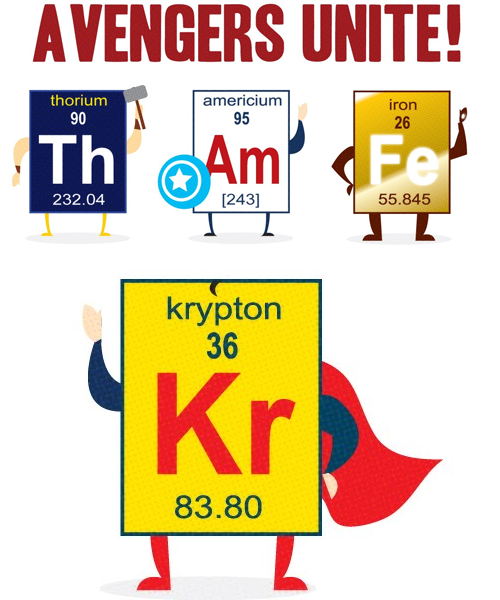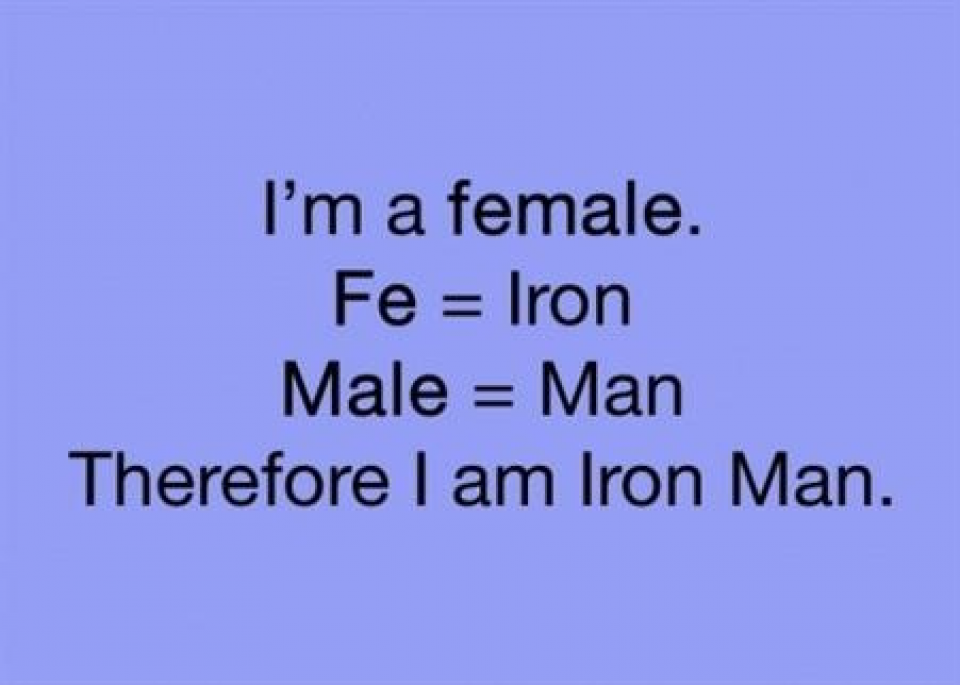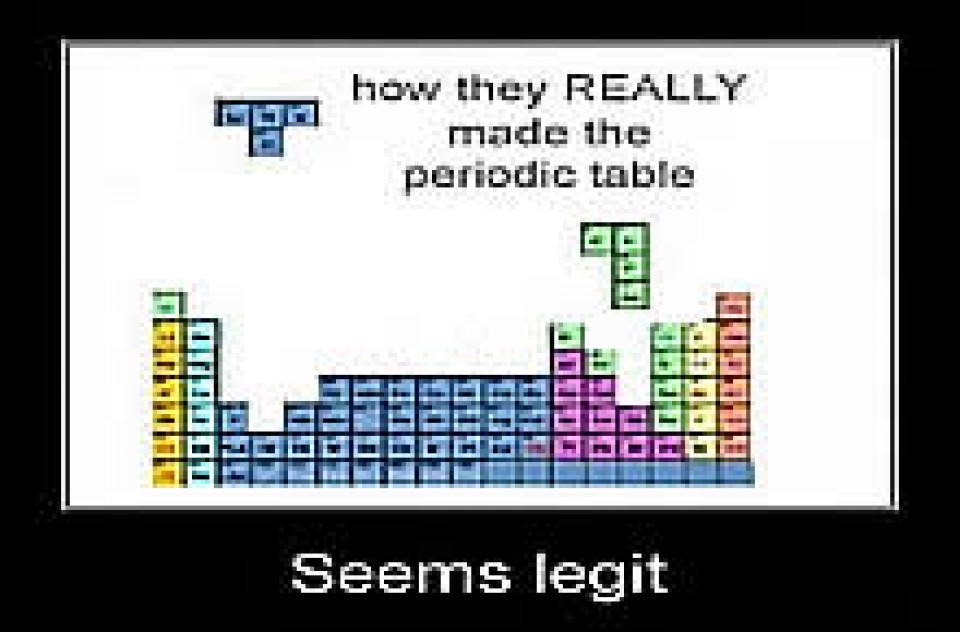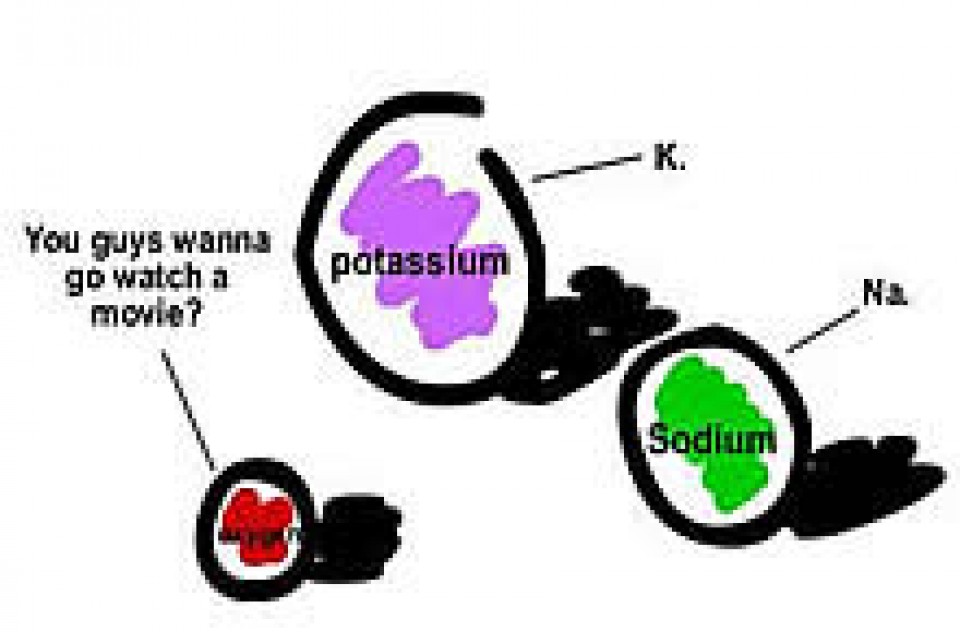[View the accompanying Compound Unit Conversions Practice Problems here.]
Compound Units
Compound units are those composed of more than one unit. For example:
- miles/hour
- grams/mL
- kg∙m/s2
Each unit is converted independently using the standard unit analysis method.
Example
A motorcycle is traveling at 85 km/hour. What is the speed in meters per second?
We are asked to convert km/hour into m/s. We have two different sets of units to convert (km -> m & hour -> s) but the principles of unit analysis hold true. The only difference is that we are converting more than one unit now.
First, we can either convert the kilometers or meters OR the hour to seconds; mathematically, it works out the same. Let’s just convert the kilometers to meters first:
85 km/hr x 103 m/1 km
That gets us into units of m/hr but we still need to convert the hours into seconds. However, note that hours are now in the denominator (on bottom) so in order to cancel they will be in the numerator (on top) of the conversion factor:
85 km/hr x 103 m/1 km x 1 hr/60 min x 1 min/60 s = 23.611 m/s
Considering significant digits, the original measurement has 2 significant digits. The three conversion factors are all exact, as they have been defined and not measured. Therefore, the answer should also only have 2 significant digits: 24 m/s.
Example
Bromine has a density of 3.12 g/mL. What is the density in lb/gal? (1 gal ≈ 3.785 L, 1 lb ≈ 454 g)
[For additional practice problems on compound unit conversions, visit Compound Unit Conversions Practice Problems.]








